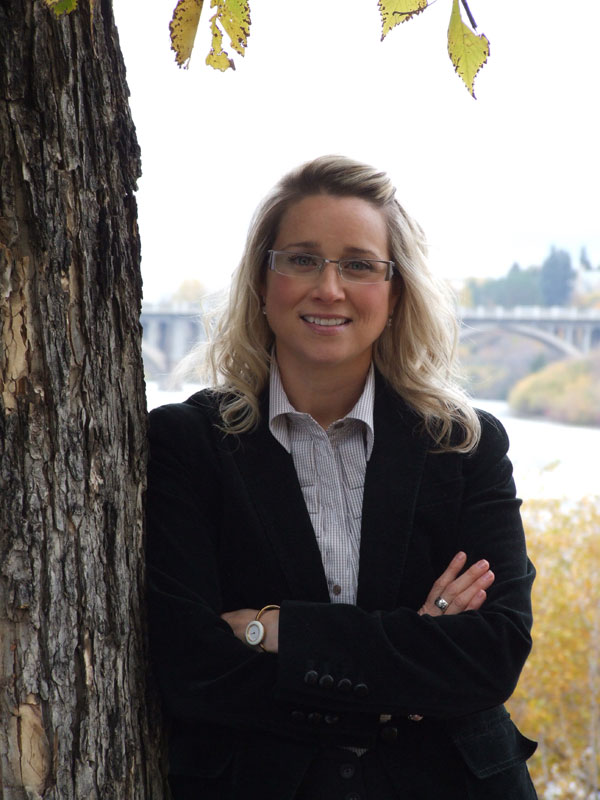IMII looks to increase diversity in workforce
- Katie Doke Sawatzky | May 30, 2017
Diversity and inclusion programs are a popular initiative for Saskatchewan resource industries these days, but one organization is trying its best to come up with fresh ideas to boost Indigenous and female employment within the province’s mining sector.
With the current skills shortage in the industry forecasted to stay due to on-going retirements, the goal of IMII’s Diversity & Inclusion Challenge Program is to find skilled people but also increase diversity.
“The industry wants to do better,” said Al Shypth, exective director of IMII, which is an organization made up of representatives from mining companies, government and post-secondary schools that is focused on innovation within the sector.
Shypth said a 2015 study conducted by the Mining Industry Human Resources Council put Indigenous employment in the industry at 10 per cent, matching Indigenous participation in Saskatchewan’s workforce as a whole. Participation by women in the mining sector was 14 per cent.
More on Saskatchewan Mining Week:
The program was created out of meetings with representatives from Saskatchewan mining companies, including Agrium, BHP Billiton, Cameco, K+S Potash Canada, Mosaic and PotashCorp. The companies will invest $1 million collectively in the program, which is a call for projects to which IMII will administer funding.
The call for projects is open to any educators, post-secondary schools, Indigenous organizations, and labour and industry-based organizations that have fresh ideas for how to increase Indigenous and female employment in the industry. Opening up the call externally is an attempt to find innovative ideas.
“So without innovation, doing the same-old same-old, we’re not going to attract new people,” he said. “We really do believe that with open innovation there’s a chance to find new partners and find new ways of attracting Indigenous people to the industry.”
When it comes to the types of ideas IMII is looking for, Shypth says his organization doesn’t want to constrain anyone with parameters. But one example he gave would be coming up with ways to engage Indigenous students in the classrooms so more graduate with higher science and math skills.
The values of female participation in the mining workforce is something that Deb Shewfelt knows well. She’s the senior geologist at North Rim, a geological and engineering consulting firm and member of IMII. Seventy per cent of employees at North Rim’s Saskatoon office are female, with many in management roles.
“It has been our experience that becoming a diverse and inclusive workplace improves morale, ensures we consider various viewpoints in all that we do, which allows for the best decisions to be made – all of which helps our clients, our professional development and our financial bottom-line,” she wrote in an email.
Successful applicants to IMII’s program will receive a maximum of $250,000 for projects that will last no longer than two years. The closing date for submitting preliminary project proposals is June 9, 2017. Go to http://www.imii.ca/et/ for more information.


